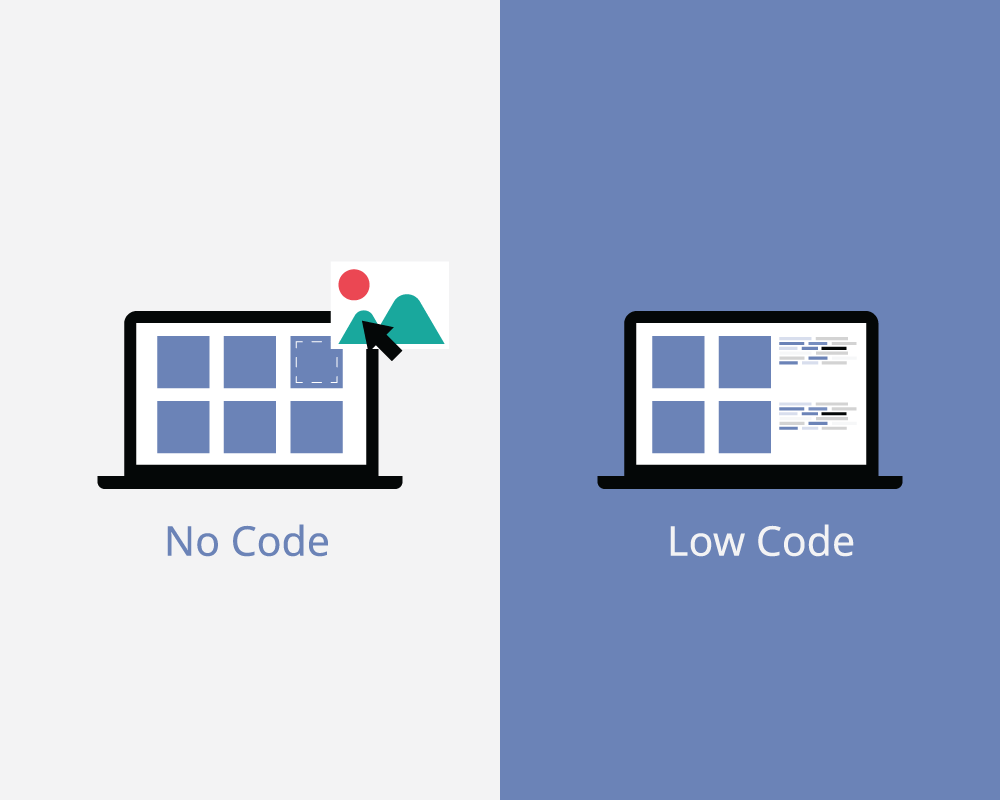Utilizing Process Mining to Integrate Low-Code and No-Code Platforms

Low-code and no-code development platforms have become increasingly popular among businesses and organizations looking to optimize their operations, replace legacy systems, and reduce their reliance on technology specialists. While these platforms allow users to develop software applications with minimal coding knowledge required, they can pose significant challenges, especially for organizations with complex processes.
However, process mining can provide a unique advantage in addressing those challenges, including identifying inefficiencies, improving accuracy, and creating a feedback loop for continuous improvement.
Improving process mapping accuracy leads to better implementation of low-code and no-code platforms. By analyzing event logs generated by IT systems, process mining provides a detailed and accurate view of the actual processes performed by an organization. This view allows organizations to identify potential bottlenecks and inefficiencies in their processes that may otherwise go unnoticed.
By leveraging these insights, organizations can optimize their workflows and develop low- and no-code applications that reflect their business processes accurately. Implementing low-code and no-code platforms becomes more efficient with more accurate process mapping. It reduces the likelihood of errors and increases the success rate of these implementations.
Identifying inefficiencies can lead to the development of a more robust solution. Accurately mapping current process inefficiencies can lead to a more efficient process and an improved user experience in the low-code or no-code platform. For example, suppose the process mining analysis reveals that a significant amount of time is being consumed by manual data entry. In that case, the implementation team can automate or streamline the process on the low-code or no-code platform to effectively reduce the time and cost associated with the task.
Creating a feedback loop for continuous improvement is another advantage of process mining. By analyzing the event logs generated by low-code and no-code platforms, organizations can identify areas for improvement and make changes to their processes to optimize their workflows continually. This can help organizations stay ahead of the curve and ensure their processes remain efficient and effective while leveraging the ease of change associated with low-code and no-code platforms.
In conclusion, process mining is a powerful tool that organizations can benefit from by using it to both implement and enhance low-code and no-code platforms. By analyzing event logs and identifying inefficiencies and errors, organizations can automate processes and improve their accuracy, functionality, and user-friendliness. This, in turn, can reduce the time and cost associated with software development, improve efficiency, and create a feedback loop for continuous improvement. With the help of process mining, businesses can successfully transition to and enhance their low-code and no-code platforms, even if they have complex processes.
Contributing Author: Chris Behrle